30+ Constructive Criticism Examples to Download
In the realm of personal and professional development, constructive criticism plays a pivotal role. It’s a tool that fosters growth, enhances performance, and cultivates a culture of continuous learning. This article aims to provide a comprehensive guide on how to write constructive criticism, along with downloadable examples and ideas. We’ll also delve into related topics, such as positive reviews, feedback examples, and more, to give you a well-rounded understanding of the subject.
1. Constructive Criticism Feedback
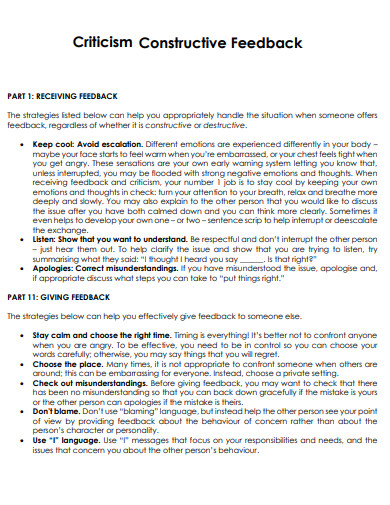
themungofoundation.org.uk
2. Constructive Criticism Workplace
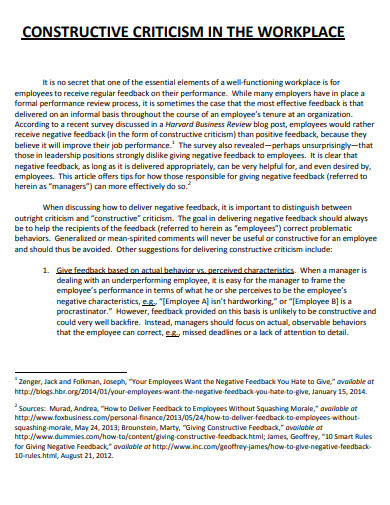
nycbar.org
3. Art of Constructive Criticism
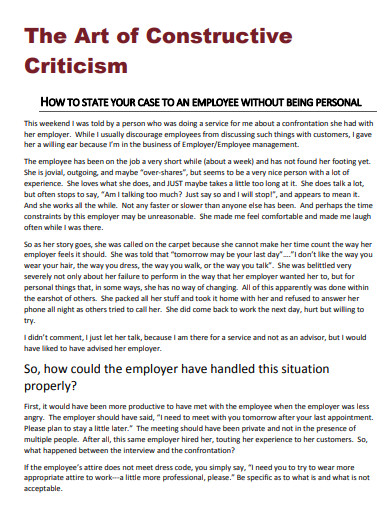
irp.cdn-website.com
4. Employee Constructive Criticism
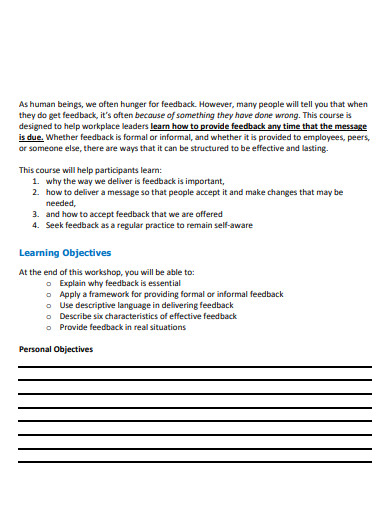
safetymarking.net
5. Positive Constructive Criticism
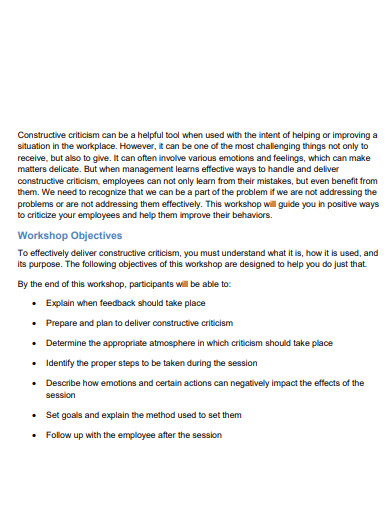
transportation.wv.gov
6. Giving Constructive Criticism
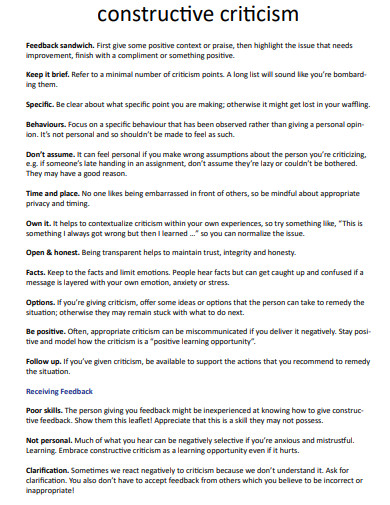
abdn.ac.uk
7. Destructive Constructive Criticism
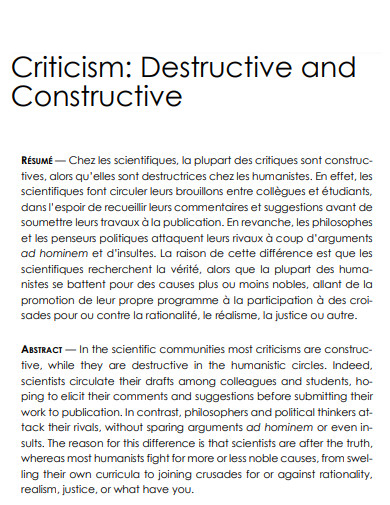
philarchive.org
8. Constructive Criticism Relationship
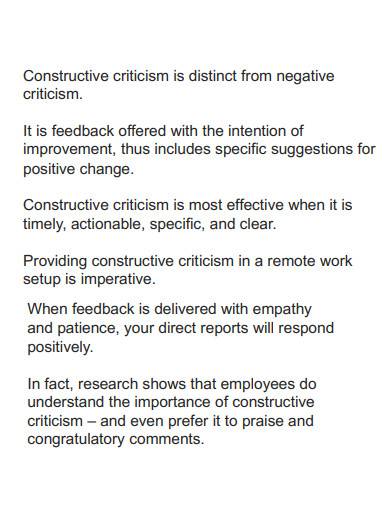
peoplebox.ai
9. Formative Assessment Constructive Criticism
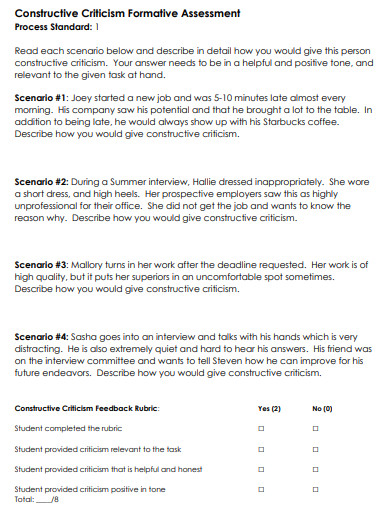
jfmueller.faculty.noctrl.edu
10. Negative Constructive Criticism
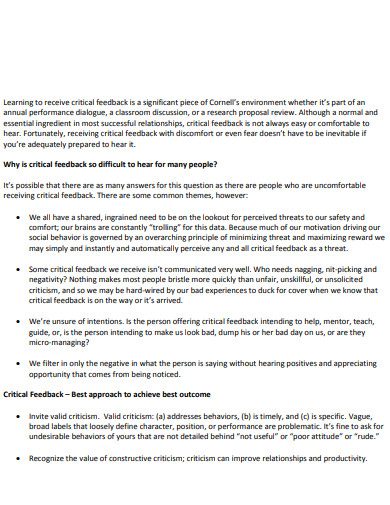
fsap.cornell.edu
11. Writing Constructive Criticism
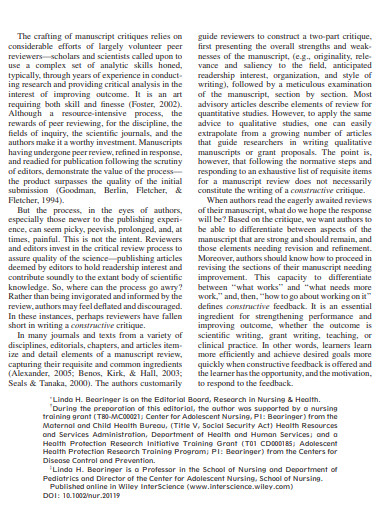
onlinelibrary.wiley.com
12. Students Constructive Criticism
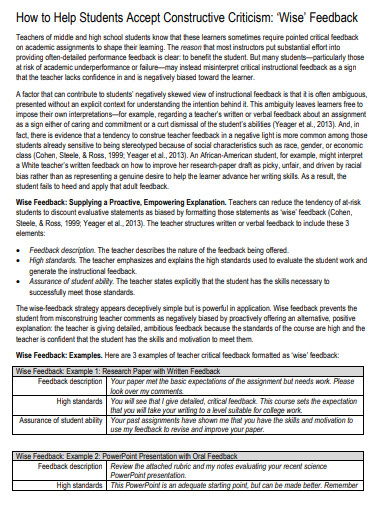
interventioncentral.org
13. Constructive Criticism Method
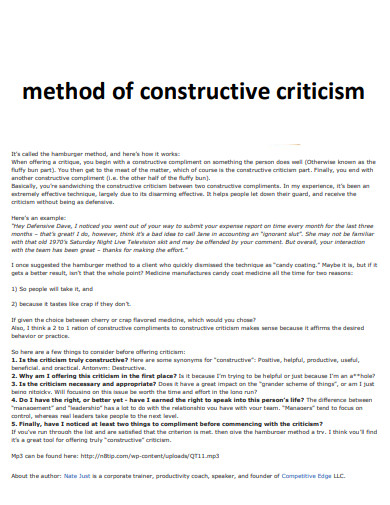
blogs.helsinki.fi
14. Constructive Criticism Essay
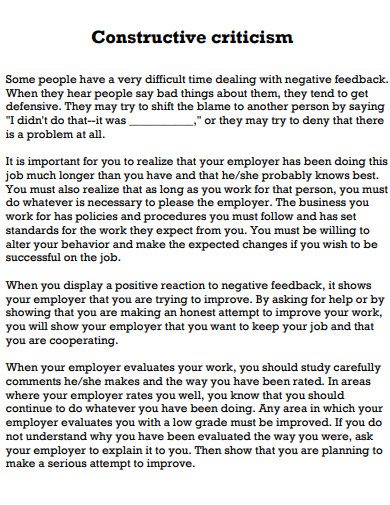
ed.psu.edu
15. Personal Constructive Criticism
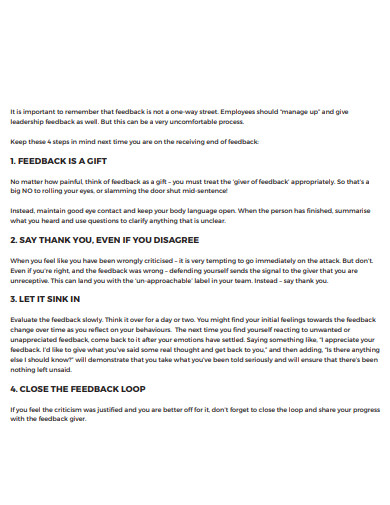
training.nottingham.ac.uk
16. Constructive Criticism Questions

esopbuilders.com
17. Constructive Criticism Teacher
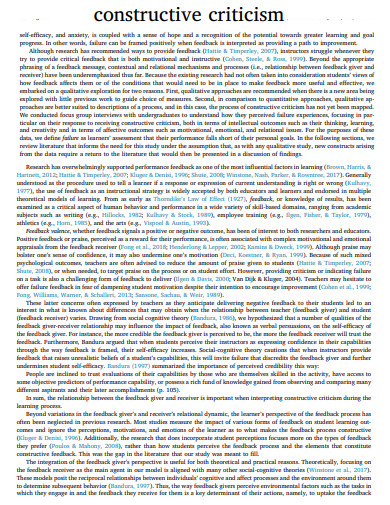
isiarticles.com
18. Student Constructive Criticism
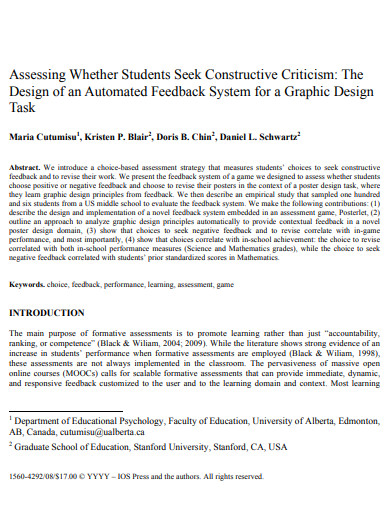
sites.ualberta.ca
19. Sample Constructive Criticism
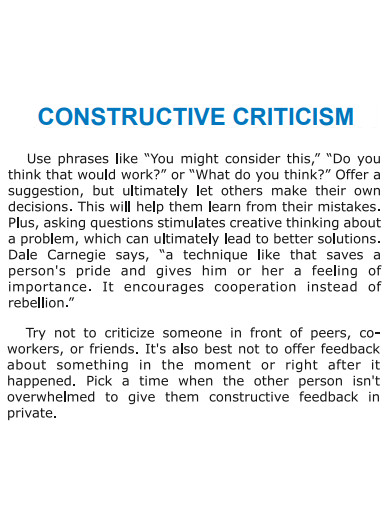
griet.ac.in
20. Constructive Criticism Handbook
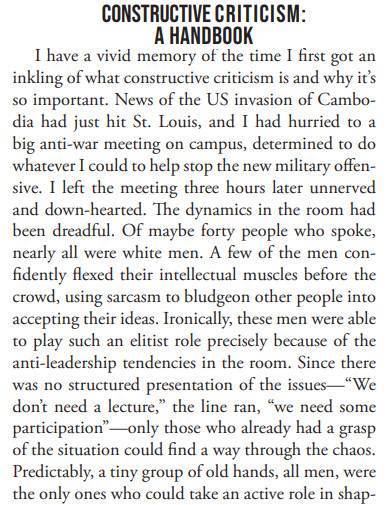
foreignlanguages.press
21. Constructive Criticism Templates
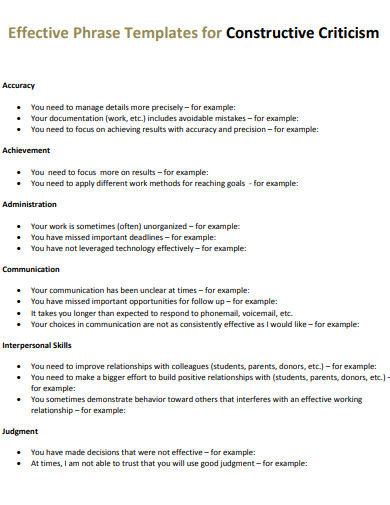
messiah.edu
22. Simple Constructive Criticism
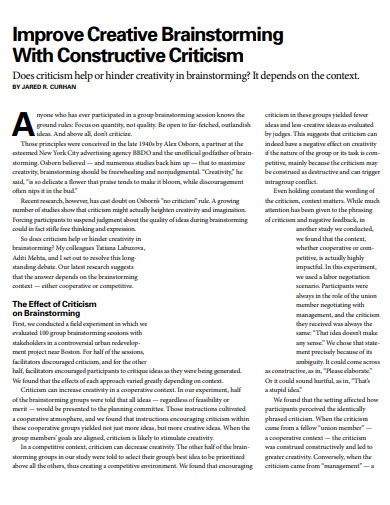
web.mit.edu
23. Basic Constructive Criticism
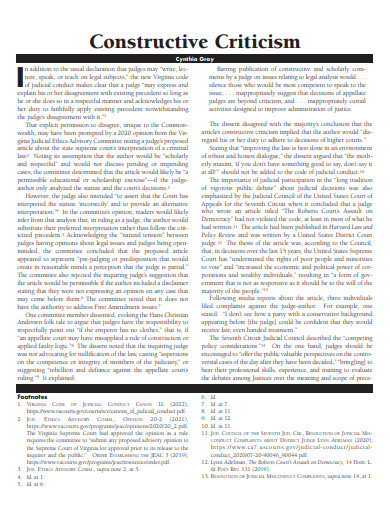
ncsc.org
24. Constructive Criticism Format
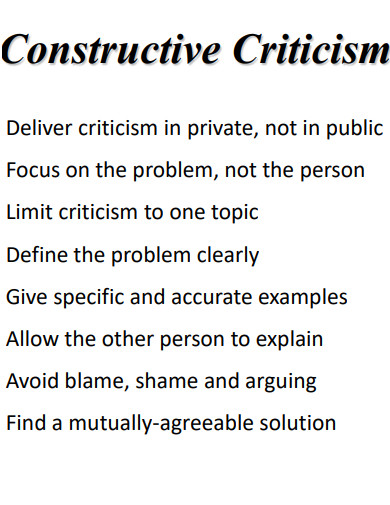
ou.edu
25. Common Constructive Criticism

cwu.edu
26. Formal Constructive Criticism
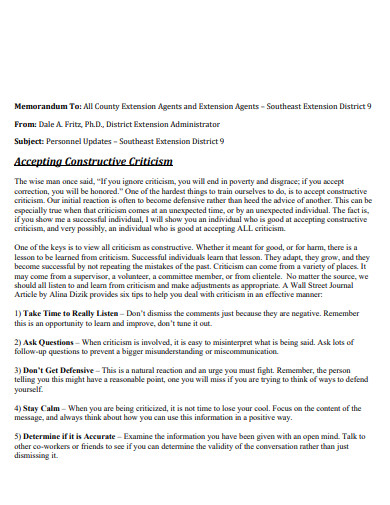
bryan.tamu.edu
27. Peer Constructive Criticism
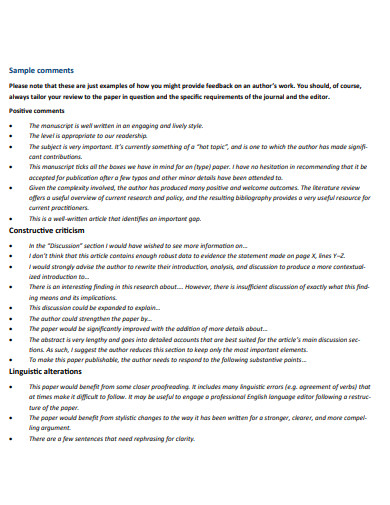
dovepress.com
28. Standard Constructive Criticism
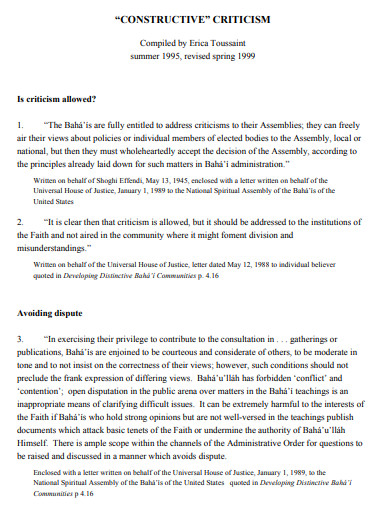
bahai-library.com
29. Draft Constructive Criticism
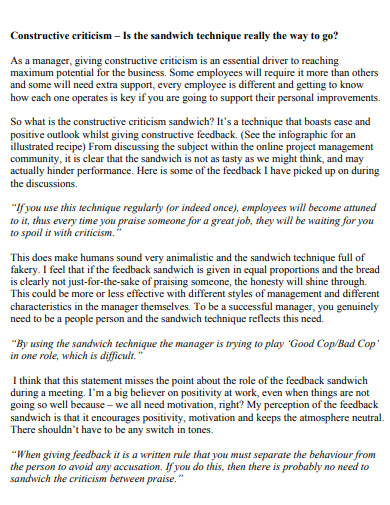
hennyportman.files.wordpress.com
30. Professional Constructive Criticism

digitalcommons.wayne.edu
31. General Constructive Criticism
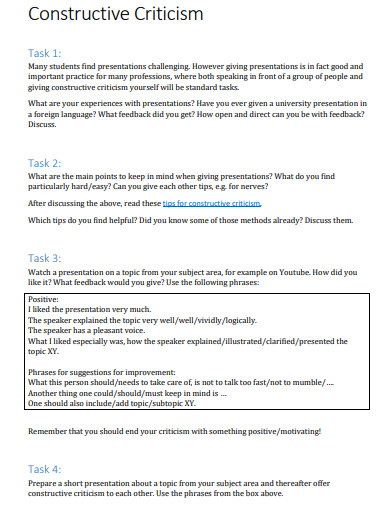
eunita.org
What is Constructive Criticism?
Constructive criticism is a form of feedback that provides specific, actionable suggestions for improvement. Unlike destructive criticism, which focuses on flaws without offering solutions, constructive criticism is characterized by its positive intent and a balanced view of strengths and weaknesses. It’s a powerful tool for personal and professional growth, fostering a culture of continuous learning and improvement.
How to Write Constructive Criticism
Before we delve into the steps, it’s important to understand that writing constructive criticism requires a delicate balance. It’s about providing feedback that can help the recipient improve, while also acknowledging their strengths.
Step 1: Start with Positivity
Begin your criticism with a positive statement. This could be an acknowledgment of the person’s efforts or a recognition of something they did well. For instance, you might want to check out “29+ Positive Review Examples in PDF, Google Docs, Word” for inspiration on how to frame positive statements.
Step 2: Be Specific and Clear
When pointing out areas that need improvement, be specific and clear. Vague criticism can lead to confusion and misunderstanding. For example, if you’re writing a book review, don’t just say the plot was weak; explain why and where it lacked depth or coherence.
Step 3: Offer Solutions, Not Just Problems
Constructive criticism should not only highlight the problem but also propose a solution. This is where you can leverage the “30+ Constructive Feedback Examples in PDF” to understand how to effectively suggest improvements.
Step 4: Balance Strengths and Weaknesses
Remember to maintain a balance between pointing out strengths and weaknesses . This approach ensures that the recipient doesn’t feel overwhelmed by the criticism and understands that they also have areas where they excel.
FAQs
1. What is the difference between constructive criticism and negative criticism?
Negative criticism focuses solely on the flaws without offering any solutions, while constructive criticism provides specific, actionable suggestions for improvement.
2. How can I make my constructive criticism more effective?
Being specific, clear, and balanced in your feedback can make your constructive criticism more effective. Also, offering solutions rather than just pointing out problems can help the recipient understand how to improve.
3. Can constructive criticism be positive?
Yes, constructive criticism can be positive. It starts with acknowledging the positive aspects before delving into areas that need improvement.
Constructive criticism is a powerful tool for fostering growth and improvement, both personally and professionally. By following the steps outlined in this guide, you can provide feedback that is both helpful and respectful. Remember to check out the linked articles for more insights and downloadable examples.
For those interested in academic writing, “20+ Collage Essay” provides excellent examples. If you’re into research, “10+ Documentary Research Examples in PDF” is a must-read. Lastly, understanding the concept of “Understatement” can significantly enhance your writing skills.


